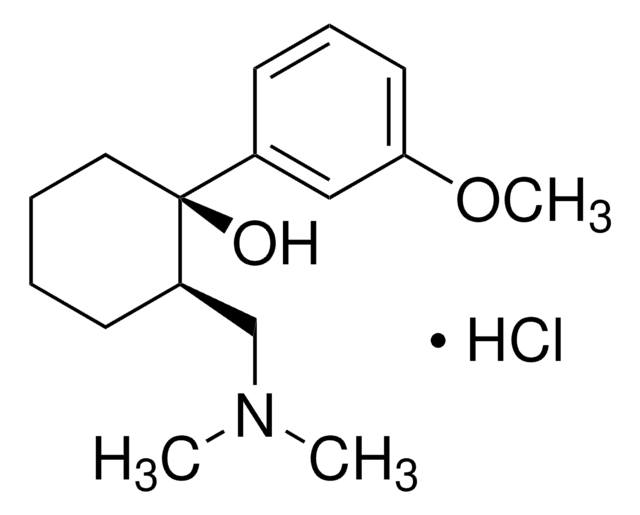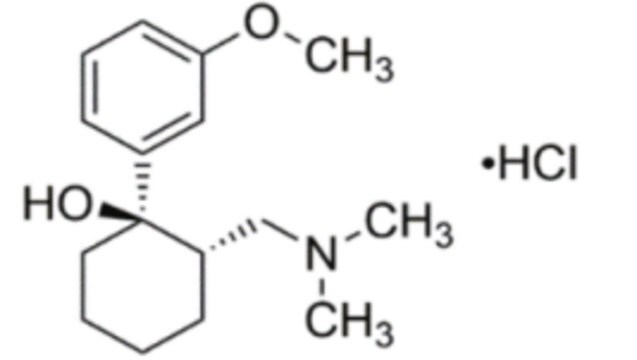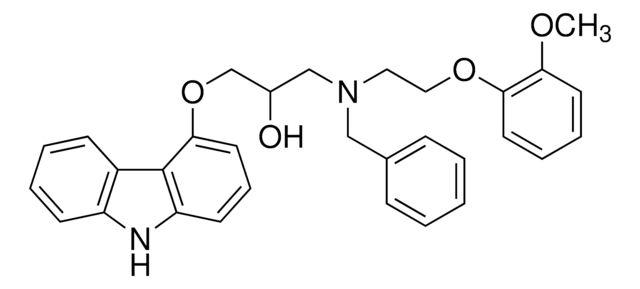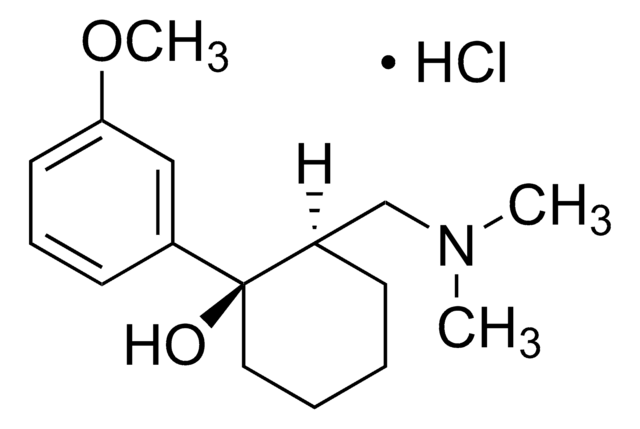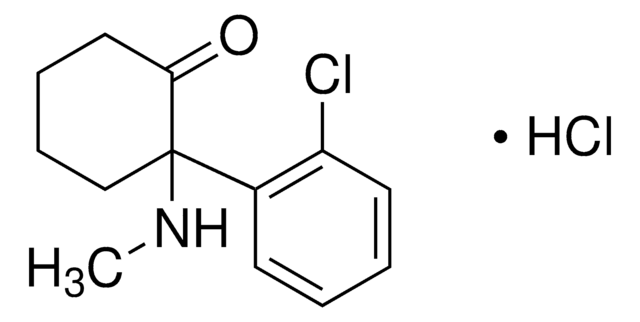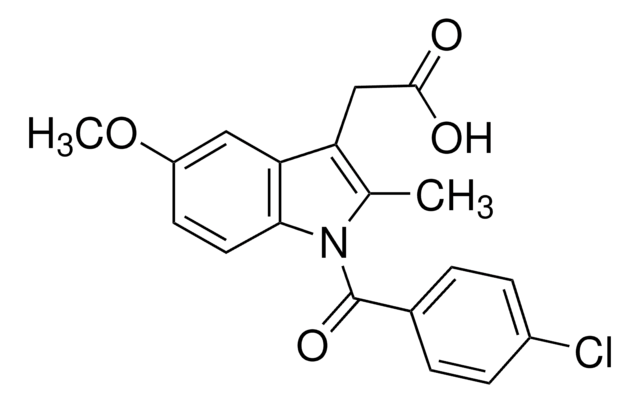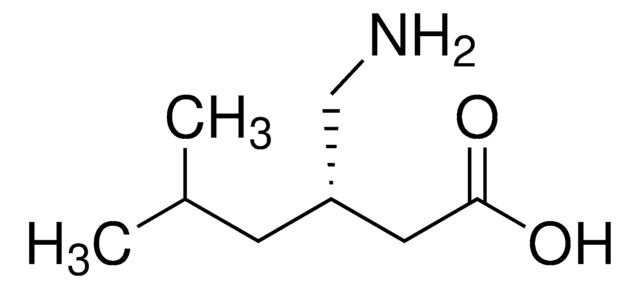Y0000155
Tramadol hydrochloride
European Pharmacopoeia (EP) Reference Standard
Sinónimos:
(±)-cis-2-(Dimethylaminomethyl)-1-(3-methoxyphenyl)cyclohexanol hydrochloride
About This Item
Productos recomendados
grado
pharmaceutical primary standard
familia API
tramadol
fabricante / nombre comercial
EDQM
control farmacológico
USDEA Schedule IV
aplicaciones
pharmaceutical (small molecule)
Formato
neat
temp. de almacenamiento
2-8°C
cadena SMILES
Cl.COc1cccc(c1)[C@@]2(O)CCCC[C@@H]2CN(C)C
InChI
1S/C16H25NO2.ClH/c1-17(2)12-14-7-4-5-10-16(14,18)13-8-6-9-15(11-13)19-3;/h6,8-9,11,14,18H,4-5,7,10,12H2,1-3H3;1H/t14-,16+;/m1./s1
Clave InChI
PPKXEPBICJTCRU-XMZRARIVSA-N
¿Está buscando productos similares? Visita Guía de comparación de productos
Descripción general
Tramadol is a synthetic opiate agonist analgesic, widely used in patients suffering from moderate to severe chronic pain. It is considered safe when compared to other opioids. It contributes to the analgesic activity by blocking the nociceptive impulses at the spinal level, inhibiting the norepinephrine and serotonin reuptake.
Aplicación
Acciones bioquímicas o fisiológicas
Envase
Otras notas
Palabra de señalización
Danger
Frases de peligro
Consejos de prudencia
Clasificaciones de peligro
Acute Tox. 3 Oral - Aquatic Chronic 2 - STOT SE 3
Órganos de actuación
Central nervous system
Código de clase de almacenamiento
6.1C - Combustible acute toxic Cat.3 / toxic compounds or compounds which causing chronic effects
Clase de riesgo para el agua (WGK)
WGK 2
Punto de inflamabilidad (°F)
Not applicable
Punto de inflamabilidad (°C)
Not applicable
Elija entre una de las versiones más recientes:
Certificados de análisis (COA)
It looks like we've run into a problem, but you can still download Certificates of Analysis from our Documentos section.
Si necesita más asistencia, póngase en contacto con Atención al cliente
¿Ya tiene este producto?
Encuentre la documentación para los productos que ha comprado recientemente en la Biblioteca de documentos.
Los clientes también vieron
Nuestro equipo de científicos tiene experiencia en todas las áreas de investigación: Ciencias de la vida, Ciencia de los materiales, Síntesis química, Cromatografía, Analítica y muchas otras.
Póngase en contacto con el Servicio técnico